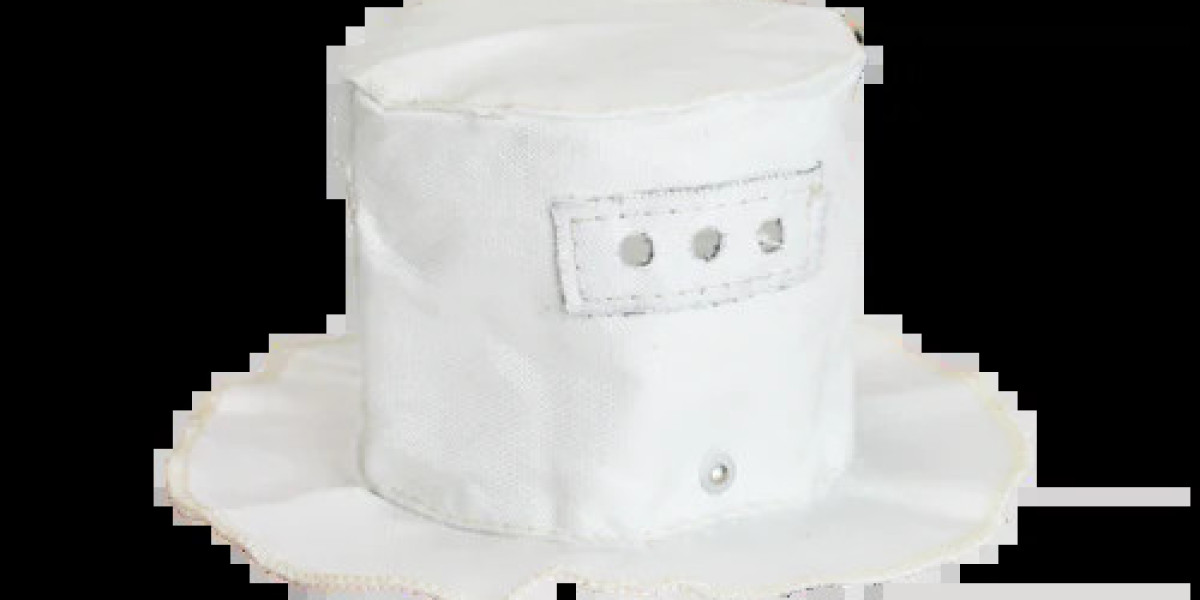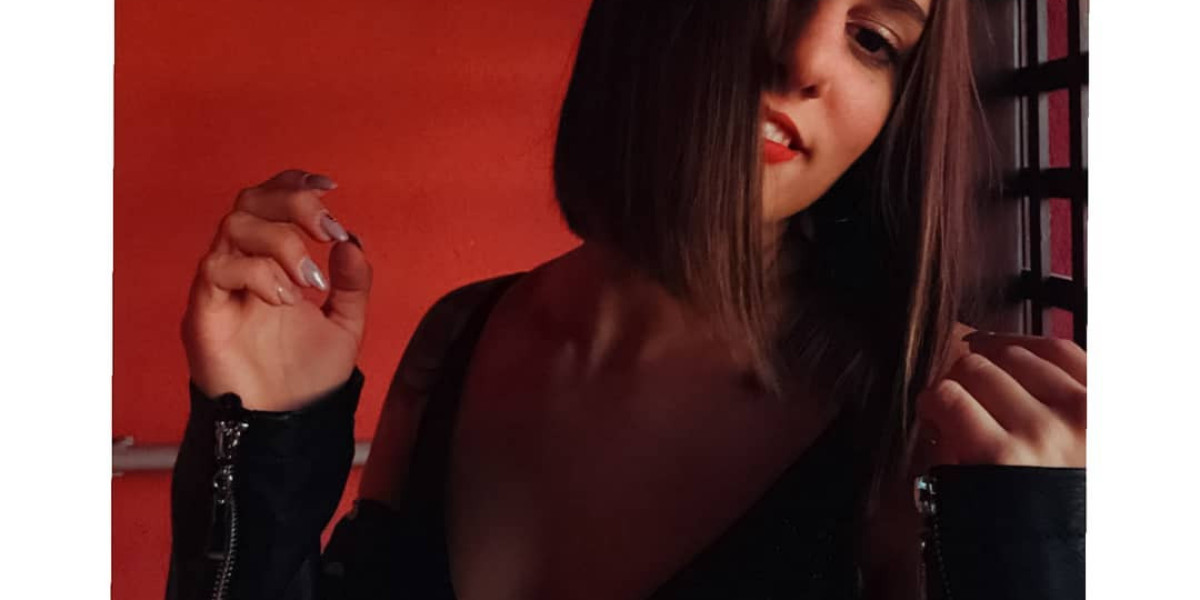In modern home design, downlights are a popular choice for their aesthetic appeal and functionality. They provide focused lighting, create ambiance, and contribute to the overall decor of a room. However, when installing downlights, especially in ceilings, safety considerations are paramount, particularly concerning fire safety. This is where Fire Hoods for Downlights play a crucial role.
Understanding Fire Hoods
They are typically made from fire-resistant materials such as intumescent fabric or metal, which expand when exposed to heat, forming a barrier that seals the downlight and prevents fire and smoke from spreading into the ceiling void and beyond.
Importance of Fire Safety
The installation of fire hoods for downlights is not just a matter of compliance with building regulations but a critical safety measure. In the event of a fire, downlights without fire hoods can act as conduits, allowing flames and smoke to penetrate through the ceiling, potentially accelerating the spread of fire to other parts of the building. Fire hoods significantly reduce this risk by containing the fire at its source, thereby providing valuable time for occupants to evacuate safely and for emergency responders to mitigate the situation.
Compliance with Building Regulations
Building regulations across different regions mandate the use of fire protection measures, including fire hoods, for recessed downlights. These regulations are in place to ensure the safety of occupants and to minimize property damage in the event of a fire. Compliance with these regulations is not optional but a legal requirement for both residential and commercial properties.
Types of Fire Hoods
Fire hoods for downlights come in various types to accommodate different installation needs and ceiling structures:
1. Intumescent Fire Hoods: These are the most common type, made from intumescent materials that expand when heated, forming a protective barrier around the downlight.
2. Metal Fire Hoods: Typically made from steel or aluminum, these hoods provide robust protection and are suitable for more demanding environments where additional durability is required.
3. Flexible Fire Hoods: Designed to be adaptable to different ceiling configurations, these hoods are often used in retrofitting applications or where access to the ceiling void is limited.
Installation Considerations
Proper installation of fire hoods is crucial to their effectiveness. Here are key considerations:
· Compatibility: Ensure the fire hood is compatible with the specific downlight model and size being installed.
· Sealing: The fire hood must be securely sealed around the downlight to prevent gaps that could compromise its effectiveness.
· Ventilation: Maintain adequate ventilation around the downlight to prevent overheating and ensure the light fixture operates safely.
Advantages of Fire Hoods
Beyond compliance and safety, fire hoods offer several advantages:
· Peace of Mind: Knowing that fire hoods are installed provides peace of mind to homeowners, tenants, and building managers, knowing that fire safety measures are in place.
· Insurance Requirements: Some insurance policies may require the installation of fire hoods as part of risk mitigation measures, potentially reducing insurance premiums.
· Long-Term Cost Savings: By preventing fire damage and containment breaches, fire hoods can mitigate potential repair costs and downtime associated with fire incidents.








